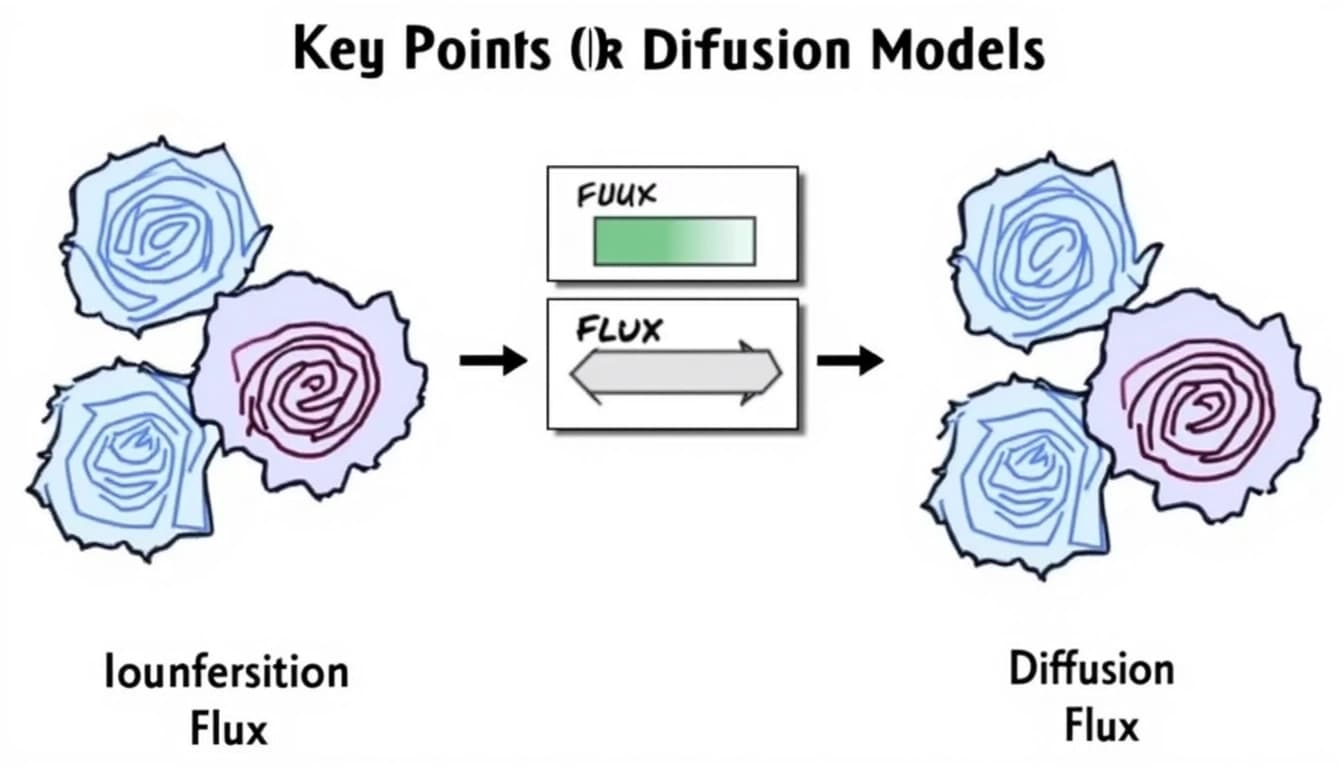
Key Points on Diffusion Models: Stable Diffusion vs Flux AI
By John Doe 5 min
Key Points on Diffusion Models: Stable Diffusion vs Flux AI
Diffusion models are generative AI models that create images by adding and then removing noise, often used for text-to-image generation.
Stable Diffusion Explained
Stable Diffusion, released in 2022 by Stability AI, is a well-known diffusion model for text-to-image generation. It works in a compressed latent space using a variational auto-encoder (VAE), which makes it faster and less resource-intensive, running on most consumer GPUs with at least 4 GB VRAM. It uses a CLIP text encoder to understand text prompts and a U-Net for the diffusion process, trained on large datasets of images and captions. This model is open-source, widely accessible, and supports tasks like inpainting and outpainting.
Flux AI Explained
Flux AI, developed by Black Forest Labs and introduced in 2024, is another text-to-image model based on diffusion. It uses a hybrid architecture combining transformers and diffusion, scaled to 12 billion parameters, which seems likely to enhance its performance. It features a T5 encoder for better text processing, potentially improving prompt adherence. Flux AI offers both open-source and commercial variants.
Comparison
Research suggests Flux AI may outperform Stable Diffusion in prompt following, but comparisons are ongoing and depend on specific use cases.